Emory Douglas
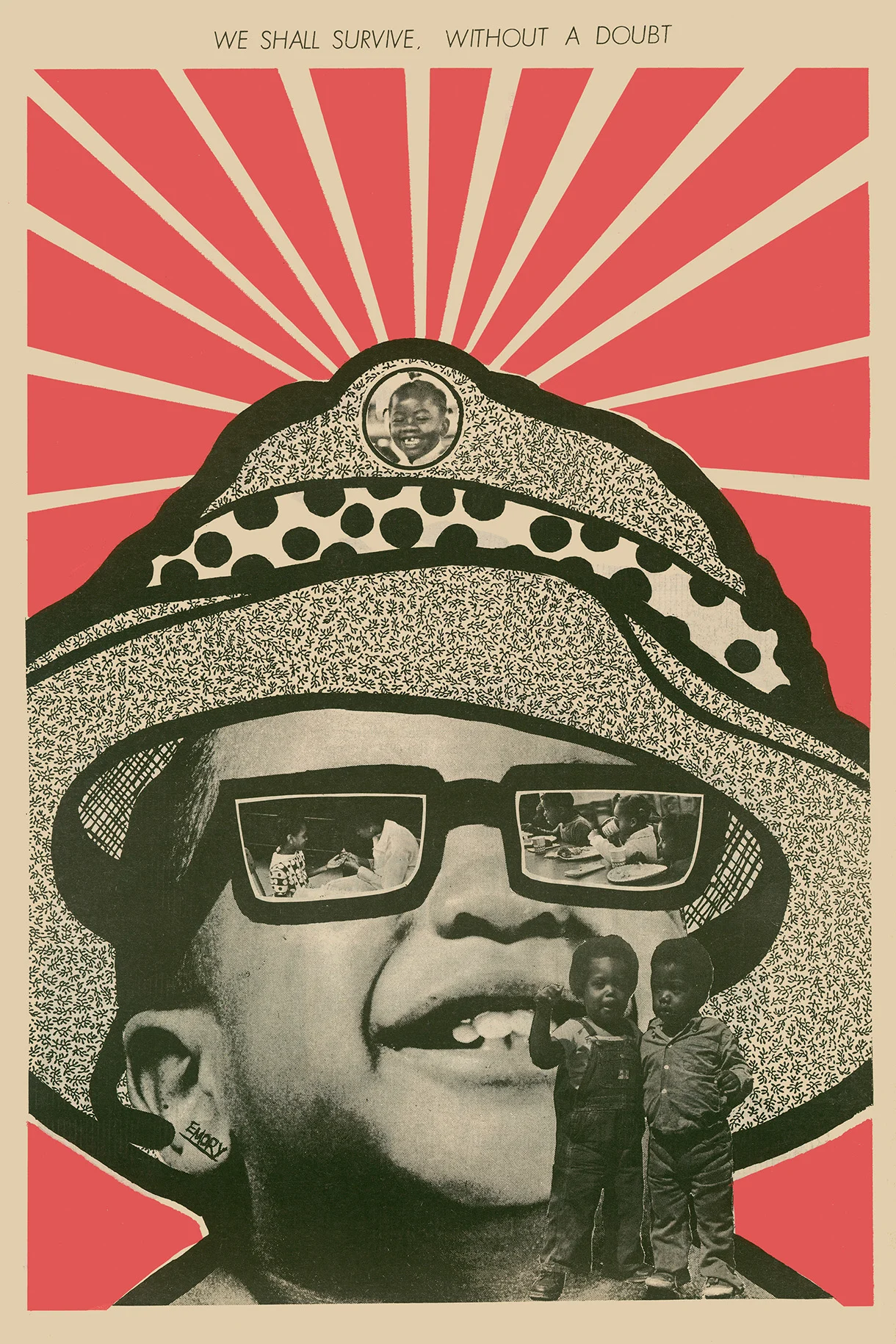
Emory Douglas was more than an artist, he was the graphic voice of the Black Panther Party. Born in 1943, he grew up learning how to use art as a weapon for change, turning printmaking and illustration into powerful tools for activism. Trained in graphic arts at San Francisco City College, Douglas fused bold design with militant clarity, transforming political illustration into a weapon of liberation. Through printmaking, layout, and illustration, he reimagined art as direct action—raw, unfiltered, and for the people.
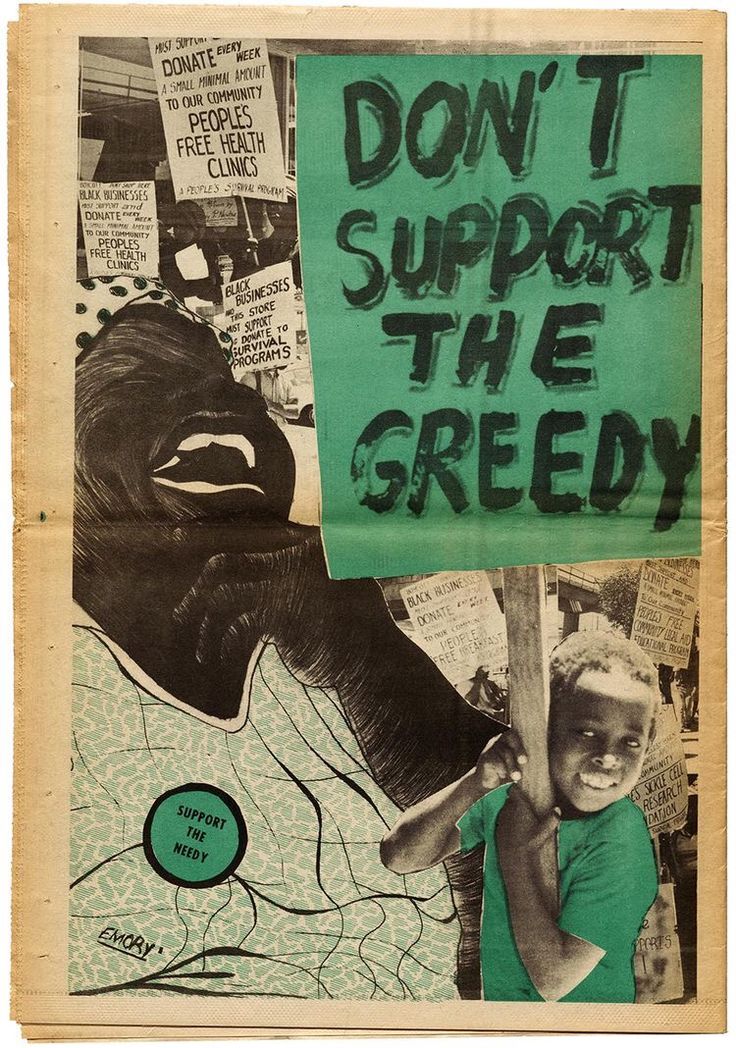
From 1967 to the early 1980s, as Douglas’s work filled the pages of The Black Panther newspaper with searing commentary on racism, poverty, police brutality, and imperialism. His visual style—bold lines, stark contrasts, silhouettes, and radiant symbols of power—gave form to the Panthers’ message and put the realities of Black America in the public eye. His art was never passive. It shouted, confronted, and demanded justice with every stroke.
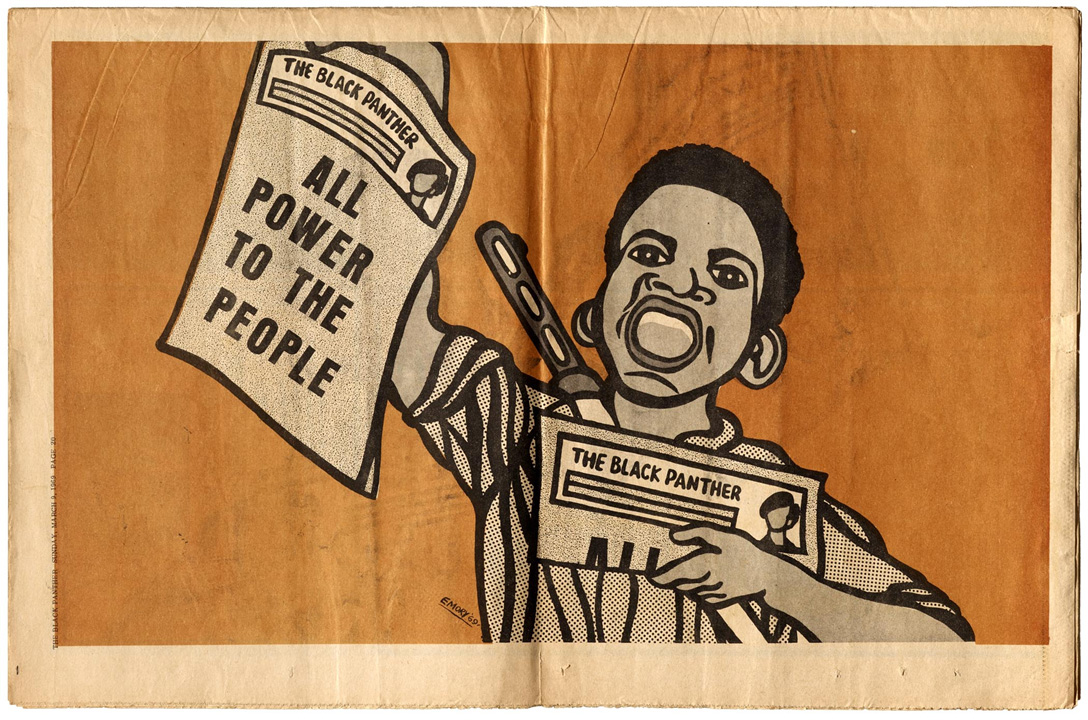
Douglas's illustrations weren't just critiques of oppression, they were affirmations of Black strength, community resilience, and revolutionary hope. He depicted everyday people as heroes, mothers as warriors, children as future leaders. His art fought systems, but it also lifted spirits—reminding readers that dignity, pride, and solidarity were just as radical as protest.
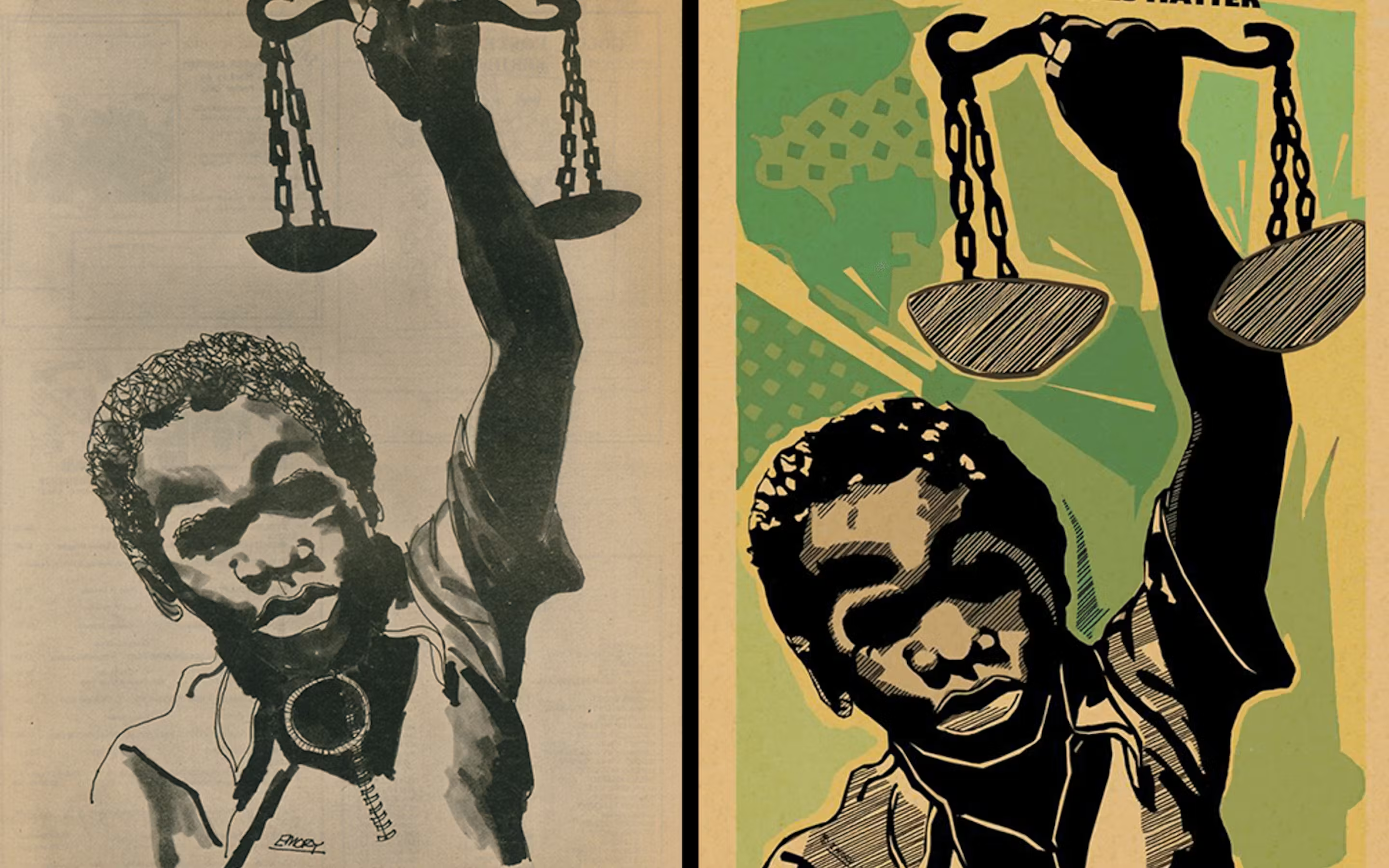
After the Black Panther Party dissolved, Douglas continued his commitment to global justice through art. He has worked with movements focused on prison reform, anti-imperialism, and racial equity around the world. His legacy lives on not just in museums and history books, but in the hands of activists and artists who see what he saw: that art, in the right hands, is a force for revolution.
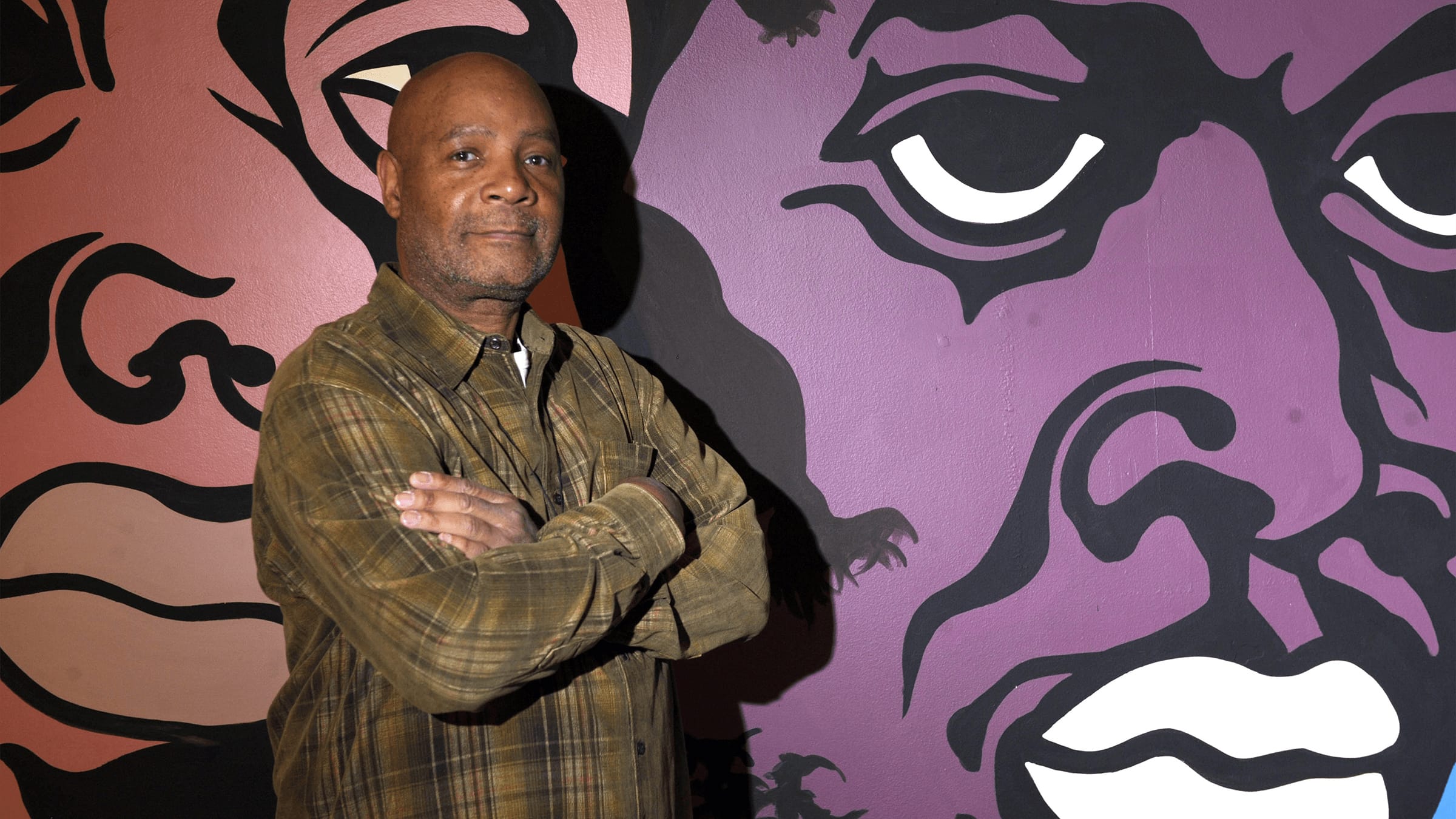
?
How did Emory Douglas blend bold images with urgent social messages in his artwork?
Why was his role as Minister of Culture so critical to the Black Panther Party’s movement?
Which of his illustrations do you find most powerful, and why?
How can artists today learn from Douglas’s approach to political art?
What does Douglas’s story teach us about art’s power to unite communities?
How did his work extend beyond the Black Panther Party to keep advocating for justice?
Dig Deeper
At its peak, the Black Panther newspaper publication had the highest circulation of any paper in the country. Behind the paper’s powerful illustrations was Emory Douglas.
Discover more

Faith Ringgold
Faith Ringgold didn’t just make art—she quilted justice, memory, and revolution into every thread. Her work teaches us that stories passed down become power passed forward, and that when we tell the truth in color, in fabric, in fearless honesty, we don’t just preserve history, we transform it. The future is stitched by those brave enough to remember and reimagine.

Käthe Kollwitz
Käthe Kollwitz gave form to heartbreak. Her art, shaped by personal loss and political fury, turned private grief into public protest. Through lines etched in agony, she showed that mourning could be resistance—and that the most powerful weapons against war and injustice might be hands stained with ink, not blood. Her work reminds us: the role of the artist is not just to bear witness, but to speak for those silenced by history.

Shepard Fairey
Fairey transformed street corners into soapboxes and stickers into symbols of dissent. Through OBEY, he flipped propaganda on its head—using its own weapons of repetition and command to spark critical thinking instead of compliance. His work reminds us that when we question everything, even a simple image can become a revolutionary act.
Further Reading
Stay curious!
